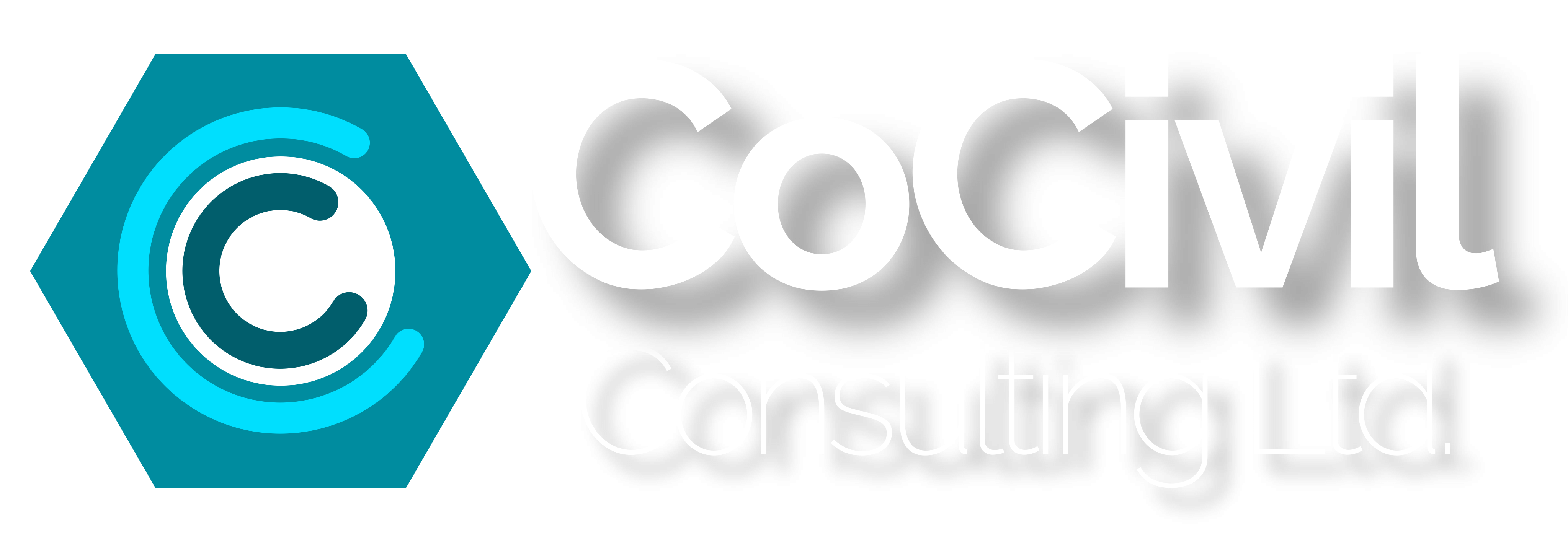Social justice isn’t usually the first thing that comes to mind when considering a municipal infrastructure project, but when considering community impacts, an understanding of how the project may assist in building community equity or result in prejudice will help designers and planners create socially sustainable projects. The Envision Sustainable Infrastructure Framework describes “Equity and social justice” as:
“Equity and social justice” is the responsibility of a society to ensure that civil and human rights are preserved and protected for each individual, and that all persons are treated equally and without prejudice regardless of race, color, wealth, religion (creed), gender, gender expression, age, national origin (ancestry), disability, marital status, sexual orientation, or military status. This includes “environmental justice,” which refers to the fair treatment and meaningful engagement of all people with regard to environmental protection.
Envision Sustainability Framework – QL3.1
When an infrastructure project causes pollution, disruption, cost or lost opportunity to a specific segment of a community, there is the potential for the perception of inequality in decision-making. It is reasonable to ask who benefits and who is negatively impacted by a project, but unfortunately this level of consideration is unusual in the planning and design stages of projects, and often only comes up as a result of public knowledge or engagement in the project.
As an example, a regularly reported issue across small municipalities in North America is odour from sewer treatment plants, particularly lagoon systems in the summer months. While the infrastructure project that caused the problem may be decades old, with changing climate, demographics, and the need for affordable housing; residential developments have been placed too close to these plants, the capacity fo the plant is being reached, or the developments are in positions where they are now more affected by odours due to changing weather and diurnal patterns. Generally, (but not always), these areas of communities have had lower land costs and have disproportionately suffered negative impacts of the sewer treatment plant.
Two examples in BC of communities that have struggled to limit the effects of their infrastructure on the neighbouring population are below.
The impact of considering social justice
The community’s response to unequal distribution of benefits and impacts is important to understand, as conflicts can cause project disruptions and create tension between communities, organizations and governments and affect social cohesion. A negative perception of an infrastructure developer or government organization as a result of conflict can be extremely difficult to overcome and cause problems for future projects, regardless of the project’s merit or value to a community. Further examples of social justice that can be applied to an infrastructure project are non-discrimination policies, pay-equity for gender, consultation with affected groups such as First Nations.
Project stakeholder engagement should include adopting a higher standard of considerations around equity and social justice, building trust between the community and project delivery team.

Some projects are able to reverse historic injustice and discrimination. In many communities freeway are a barrier dividing demographic neighbourhoods, limiting access to green space, transportation routes, and commercial facilities. The removal or relocation of the freeway may serve to improve the lives of the residents of these neighbourhoods. While not every project can seek to restore community connectivity, many projects will benefit from the project team making commitments to equity and social justice, developing strong stakeholder engagement, and assessing and mapping the impacts and benefits across local communities.
Assessing the performance of a project through equity and social justice is one area of 64 that are reviewed through the Envision Framework. Under criteria QL3.1, projects are assessed based on the degree to which equality and social justice are included in stakeholder engagement, project team commitments, and decision making and can receive points based on the project performance compared with the status quo.

“How can equity and social justice be addressed when delivering infrastructure projects?”
Tweet
Envision is an objective framework of criteria designed to help identify ways in which sustainable approaches can be used to plan, design, construct and operate infrastructure projects. Envision not only asks, “Are we doing the project right?” but also, “Are we doing the right project?

How We Can Help

Mike Thomas is a certified Envision Sustainability Professional and Professional Engineer, trained and experienced in evaluating project sustainability and providing recommendations to infrastructure project teams, particularly with local governments. Contact us today to learn more about our services including project assessment and submission for recognition with Envision.


